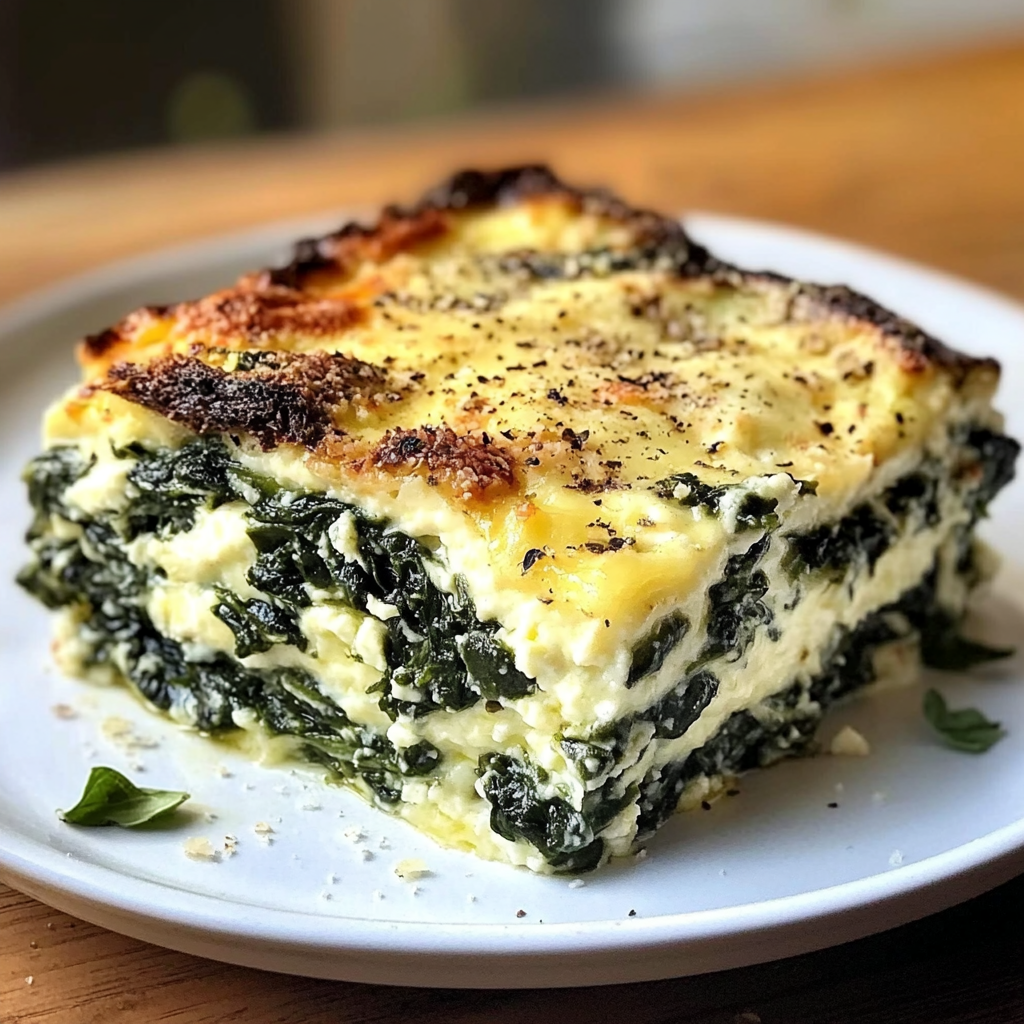Detailed Outline for “Custard-Style Baked French Toast Delight”
Introduction: The Magic Behind Custard-Style Baked French Toast Delight
- The Rise of French Toast: A timeless classic
- What makes it “custard-style”?: A delicious twist on a classic breakfast dish
- Why this recipe is a game changer: Soft, rich, and indulgent
- When to serve this dish: Ideal for any occasion
Ingredients for the Perfect Custard-Style Baked French Toast Delight
- Bread selection: Choosing the best bread
- Brioche
- Challah
- Sourdough
- French bread
- Custard base ingredients: The heart of the dish
- Eggs
- Milk and cream
- Sugar and flavoring
- Butter
- Topping options: Adding a little extra something
- Fresh berries
- Powdered sugar
- Maple syrup
- Whipped cream
- Optional ingredients: Customizing your French toast
- Nutmeg and cinnamon
- Vanilla extract
- Fruit preserves
How to Make Custard-Style Baked French Toast
- Step-by-step guide: The secret to perfection
- Preparing the bread
- Mixing the custard
- Soaking the bread
- Baking to golden perfection
- Tips for optimal texture: Soft and custardy inside, crisp on the outside
- Why the overnight method is key: Enhancing flavor and texture
- Adjustments based on your taste: Make it sweeter or spicier
The Science of Custard and Its Magic in French Toast
- What is custard?: A creamy, rich, egg-based mixture
- How custard affects French toast: The difference between regular French toast and custard-style
- Why the bread absorbs the custard: A science experiment with delicious results
- Role of milk and eggs in texture: Binding it all together
Creative Variations of Custard-Style Baked French Toast
- Sweet variations: Adding fruits, syrups, and chocolate
- Savory variations: Incorporating cheese, bacon, and herbs
- Gluten-free alternatives: Bread swaps for gluten-free lovers
- Vegan alternatives: Dairy and egg-free options
Serving and Pairing Ideas for Custard-Style Baked French Toast Delight
- Breakfast or brunch?: When to serve this dish
- Pairing beverages: Coffee, tea, or fresh juice
- Side dishes that complement: Fresh fruit, sausage, or hash browns
- Dessert inspiration: Turn it into a dessert with a twist
Conclusion: Why Custard-Style Baked French Toast is the Ultimate Breakfast Delight
- A dish that brings people together: The joy of sharing a comforting meal
- Versatile and adaptable: Perfect for any occasion
- The final verdict: Easy, delicious, and memorable
FAQs
- What bread is best for baked French toast?
- Can I make custard-style French toast in advance?
- What’s the difference between custard-style and regular French toast?
- How do I make a dairy-free version of custard-style French toast?
- Can I freeze custard-style French toast?
- How long do I need to soak the bread for perfect custard?
- Can I add chocolate chips to custard-style French toast?
- Is it necessary to use heavy cream in the custard?
- How do I prevent the French toast from becoming soggy?
- Can I make custard-style French toast with stale bread?
Blog Post: Custard-Style Baked French Toast Delight
Introduction: The Magic Behind Custard-Style Baked French Toast Delight
French toast is one of those breakfast classics that never goes out of style. It’s comforting, easy to make, and a crowd-pleaser. But when you elevate it with a custard twist, it transforms into something extraordinary. Enter custard-style baked French toast delight – a dish that’s decadent, soft, and oh-so-delicious.
But what makes this version so special? The magic lies in the custard – a creamy, egg-based mixture that infuses the bread with flavor and moisture, creating a breakfast dish that’s crispy on the outside and luxuriously soft on the inside. Whether you’re serving it on a lazy Sunday morning or during a festive brunch, this dish is sure to impress.
So, why is custard-style French toast a game-changer? For starters, it’s incredibly easy to make, requiring minimal prep time. Plus, you can prepare it the night before, allowing the flavors to meld together overnight. It’s also versatile enough to suit any taste – whether you prefer it sweet or savory.
Ingredients for the Perfect Custard-Style Baked French Toast Delight
Creating the perfect custard-style baked French toast starts with the right ingredients. Let’s break down the essentials:
Bread selection: Choosing the best bread
The bread you use is the foundation of this dish. Choose something that’s hearty and can hold up to soaking in the custard without falling apart. Here are some of the best options:
- Brioche: Rich and buttery, this bread soaks up custard beautifully, resulting in a soft, melt-in-your-mouth texture.
- Challah: Slightly sweeter than brioche, challah provides a slightly fluffier texture but still holds up well when baked.
- Sourdough: For a tangy twist, sourdough adds a depth of flavor that balances the sweetness of the custard.
- French bread: A classic choice, its dense texture creates a lovely contrast with the creamy custard.
Custard base ingredients: The heart of the dish
The custard mixture is what makes this French toast “custard-style”:
- Eggs: They provide the structure and richness that make the custard creamy.
- Milk and cream: The combo of milk and cream gives the custard a smooth texture and indulgent flavor.
- Sugar and flavoring: A bit of sugar sweetens the custard, while vanilla or cinnamon can add a lovely fragrance.
- Butter: Melted butter in the custard adds a rich, buttery flavor that ties everything together.
Topping options: Adding a little extra something
Toppings can take this dish to the next level. Here are some ideas to elevate your custard-style French toast:
- Fresh berries: Strawberries, raspberries, and blueberries add a burst of freshness and a pop of color.
- Powdered sugar: A dusting of powdered sugar creates a delicate sweetness.
- Maple syrup: The classic topping for French toast, maple syrup adds a sweet, woody flavor.
- Whipped cream: For extra indulgence, top with freshly whipped cream.
Optional ingredients: Customizing your French toast
Customize your custard-style French toast with additional flavors:
- Nutmeg and cinnamon: A sprinkle of these warm spices gives your dish an extra layer of flavor.
- Vanilla extract: A touch of vanilla enhances the custard’s sweetness.
- Fruit preserves: For a fruity twist, spread a little jam or preserves between the layers of bread.
How to Make Custard-Style Baked French Toast
Now that we’ve covered the ingredients, it’s time to dive into the preparation process. Don’t worry – it’s much easier than it sounds, and the result is worth every minute of effort!
Step-by-step guide: The secret to perfection
Here’s how to create your custard-style French toast:
- Prepare the bread: Cut your bread into thick slices. Stale bread works best because it absorbs the custard without turning soggy. You can even slice the bread a day ahead for convenience.
- Mix the custard: In a bowl, whisk together eggs, milk, cream, sugar, and any flavorings you like. If you’re using cinnamon, nutmeg, or vanilla extract, add them here. Whisk until the mixture is smooth and well combined.
- Soak the bread: Dip each slice of bread into the custard mixture, making sure both sides are fully coated. Let it sit for a minute to absorb the custard.
- Bake to golden perfection: Arrange the soaked bread slices in a baking dish and drizzle with any remaining custard. Bake at 350°F for 30-35 minutes, or until the top is golden and crispy.
Tips for optimal texture: Soft and custardy inside, crisp on the outside
To achieve the perfect texture:
- Use stale bread: Fresh bread can become too soggy when soaked. Stale or day-old bread absorbs the custard better and maintains its structure during baking.
- Don’t over-soak: While you want the bread to absorb the custard, don’t let it sit in the mixture for too long. A quick dip ensures a balanced texture.
- Bake uncovered: This allows the top to crisp up, while the inside stays soft and custardy.
Why the overnight method is key: Enhancing flavor and texture
For the best results, prepare your French toast the night before. Simply assemble everything, cover the dish, and refrigerate overnight. This allows the bread to fully soak in the custard, resulting in an even creamier texture when baked.

